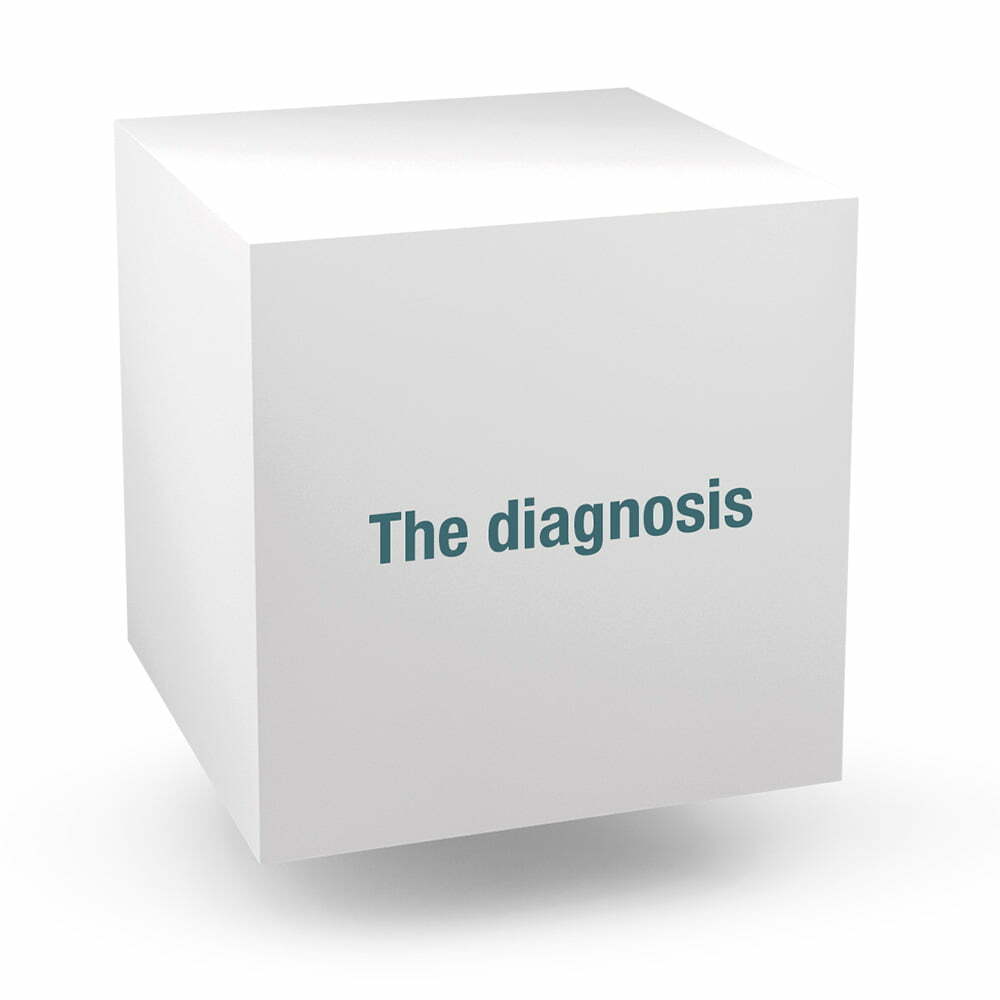Headache & Migraine
IgG food allergy – a possible trigger of inflammatory processes that cause headache & migraine
Migraine is a complex neurological picture. People affected usually suffer from long-lasting and intense headaches. Migraine headaches cause throbbing or pulsating pain, generally on only one side of the head. They can interfere with sleep, work and other everyday activities and may occur as often as several times per week or as rarely as once or twice a year. Migraine mostly affects those aged between 35 and 45 years, however the onset can be as early as puberty.
The two common forms of migraine are called migraine without aura and with aura. The latter is a type of migraine that has warning signs before the pain begins, called an aura. Symptoms can include seeing flashing lights, blind spots, difficulty focusing on things, balance and co-ordination problems, weakness stiffness and tingling in the neck, shoulders or limbs as well as difficulty speaking. The aura stage of the migraine often lasts from around 15 minutes to an hour. Around 1 in 5 people who experience migraines get aura symptoms.

The diagnosis of headache & migraine
Since there is no diagnostic test for migraine, the diagnosis is based on the patient’s medical history and a clinical examination. However, if necessary, tests may be necessary to rule out other diseases or conditions that may be causing the headaches. Additionally, it is important that the patient documents the attacks: how often, how intense, what kind of pain, attendant symptoms, medications, possible triggers etc.

The causes of headache & migraine
The exact cause of migraine is not fully understood, however it has long been observed to run in families so there may be a genetic component. Researchers think that people who get migraines have a ‘hyper-excitable’ brain, making them more sensitive to stimuli. Hormonal fluctuations, stress, sleep-wake disruptions, alcohol and food can trigger attacks.

The scientific approach to headache & migraine
According to recent findings, inflammation is mainly responsible for headaches and migraine. Since delayed food allergies can trigger inflammatory processes, an IgG guided elimination diet may be a worthwhile approach.
Since 2005, scientists have been discussing IgG to foods as a new marker for identifying potential foods as triggers for migraine. In 2010, the first double-blind randomized cross-over trial was performed with ImuPro. This provided evidence that IgG antibodies could be an effective marker to identify migraine trigger foods. Participants put on an elimination diet free of IgG positive food had an average of 32% fewer migraine attacks and 29.6% fewer migraine days than patients on a sham diet. Simultaneously, a significant reduction of acute medication was observed. In some patients, migraines disappeared completely.
Another double-blind randomized cross-over study conducted with ImuPro, looked at patients with migraine and IBS. The study showed an average 44% reduction of migraine attacks and migraine days and a 42% reduction of IBS symptoms. The authors concluded: “Our findings indicate that food elimination based on IgG antibodies in migraine patients who suffer from concomitant IBS may effectively reduce symptoms from both disorders. This could have a positive impact on the quality of life of the patients as well as potential savings to the health-care system.”

Discover how the unique ImuPro food tolerance testing works
With testing from ImuPro, you can quickly and effectively discover food intolerances and food allergies that may be causing the conditions above.